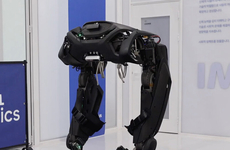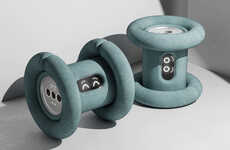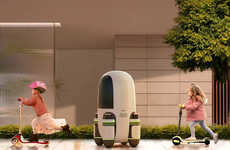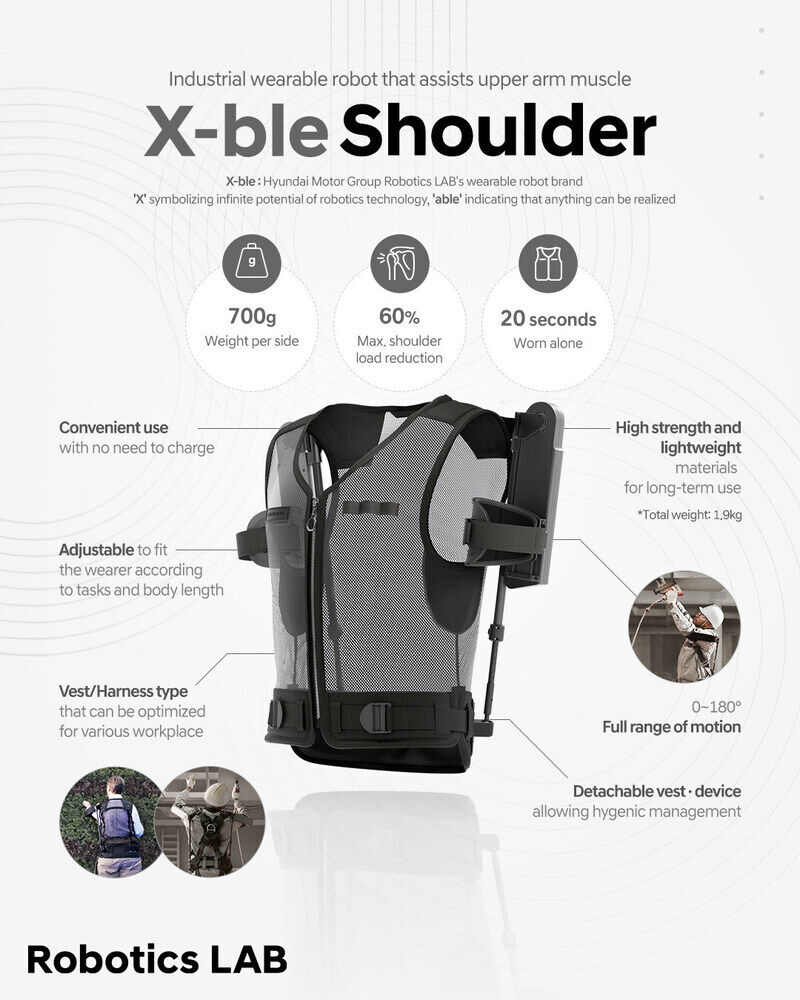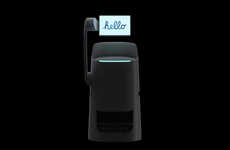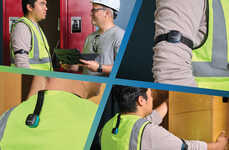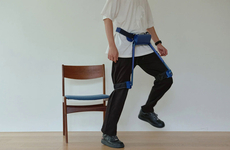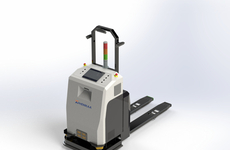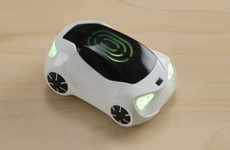
Hyundai Motor and Kia Debut the X-Ble Shoulder
The introduction of Hyundai Motor and Kia's X-ble Shoulder wearable robot marks a significant advancement in industrial robotics. The innovation is designed to enhance worker safety and efficiency. By reducing shoulder strain by 60% and muscle activity by 30%, this lightweight device is positioned as a solution for physically demanding tasks like overhead work. Industries such as construction, shipbuilding, and agriculture are likely to benefit from the wearable robot's ability to alleviate musculoskeletal injuries, which are a common challenge in these sectors.
The X-ble Shoulder represents the first in a series of planned products under the X-ble brand. Hyundai Motor and Kia's announcement also highlights future projects, including wearable robots for lower back support and medical applications.
Image Credit: Hyundai Motor and Kia
The X-ble Shoulder represents the first in a series of planned products under the X-ble brand. Hyundai Motor and Kia's announcement also highlights future projects, including wearable robots for lower back support and medical applications.
Image Credit: Hyundai Motor and Kia
Trend Themes
1. Wearable Robotics - The X-ble Shoulder wearable robot marks significant progression in enhancing worker safety and operational efficiency through advanced robotics.
2. Musculoskeletal Injury Prevention Tech - Reducing shoulder strain and muscle activity by notable percentages, this technology focuses on mitigating common physical work-related injuries.
3. Multi-functional Wearable Devices - Future plans for the X-ble brand include developing robots for lower back support and medical purposes, indicating a trend towards versatile wearable solutions.
Industry Implications
1. Construction - Construction is set to benefit from wearable robotic solutions like the X-ble Shoulder, which can significantly alleviate physical strain on workers performing overhead tasks.
2. Shipbuilding - The shipbuilding industry, known for its labor-intensive operations, can improve worker safety and efficiency through the adoption of wearable robotics.
3. Agriculture - Agriculture workers, often facing physically demanding tasks, can look forward to reduced musculoskeletal injuries with the implementation of safety-enhancing wearable robots.
7
Score
Popularity
Activity
Freshness

